Search
Bandicoots | Native animals
Often confused with rodents, bandicoots are small, omnivorous marsupials.
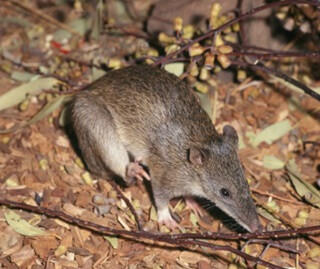
Bowerbirds | Native animals
Bowerbirds are very closely related to birds of paradise, and species of bowerbird are found in many parts of Australia and New Guinea.
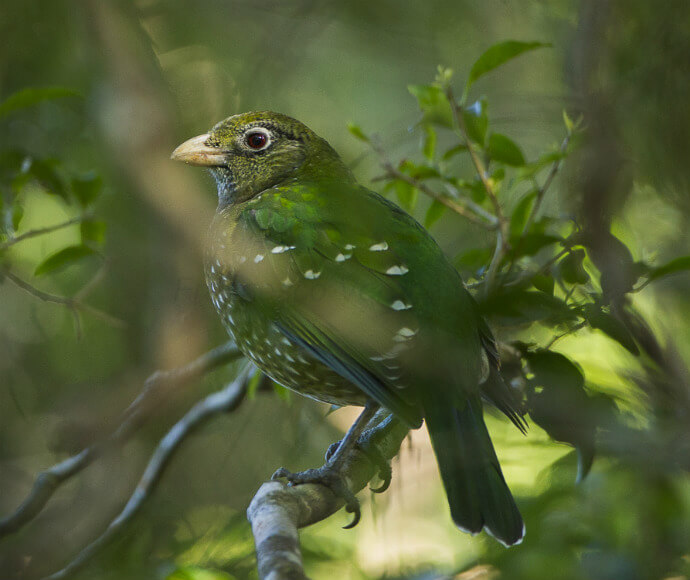
Echidnas | Native animals
Echidnas, together with the platypus, are the world's only monotremes, or egg-laying mammals.
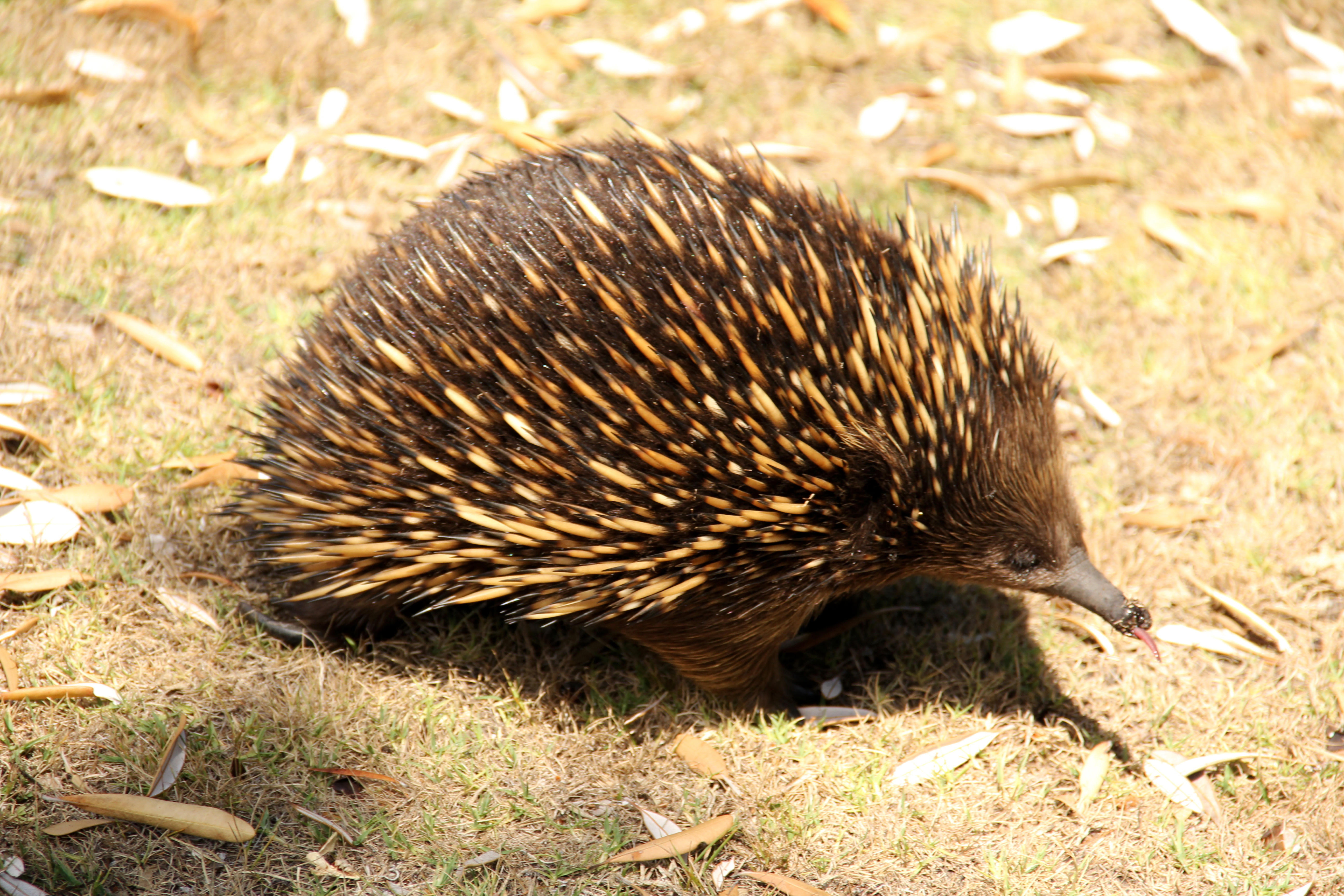
Emus | Native animals
The word emu comes from the Portuguese word 'ema', which means 'large bird'.
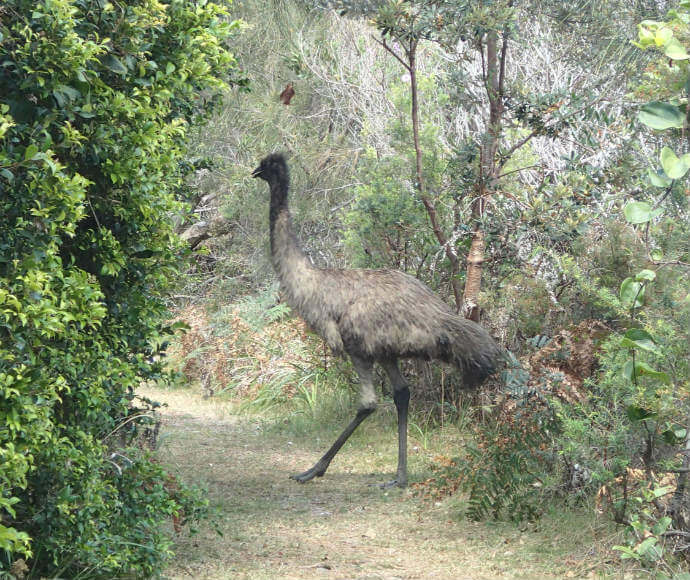
Flying-foxes | Native animals
Flying-foxes are nomadic mammals that travel across large areas of Australia, feeding on native blossoms and fruits, spreading seeds and pollinating native plants.
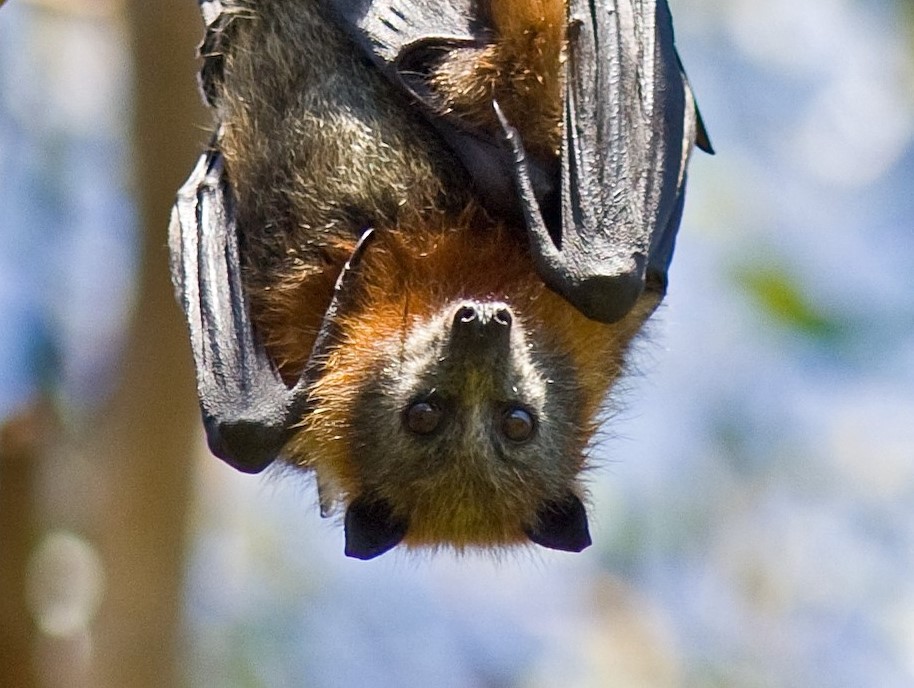
Why are flying foxes protected? | Native animals
The grey-headed flying fox is listed as a threatened species and is protected by law because numbers have rapidly declined over a relatively short period of time.
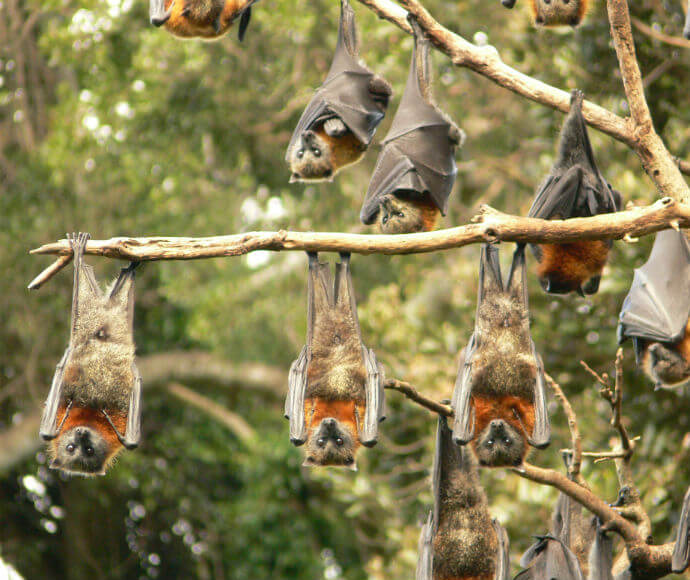
Health and handling | Native animals
Human infections from viruses borne by flying foxes are very rare. There is no risk of infection if you do not make physical contact with a flying fox.
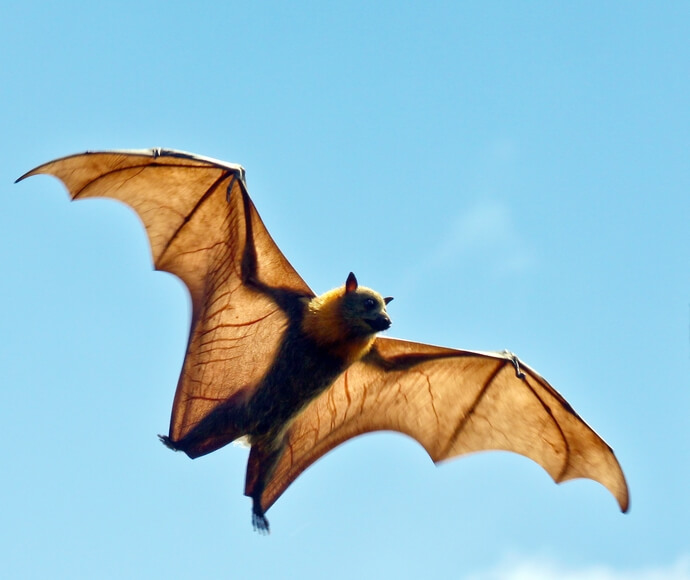
Living near a flying-fox camp | Native animals
A flying-fox camp is a patch of trees that flying-foxes are found in during the day. Living near these camps can sometimes be a problem, but there are ways to minimise the disturbance camps can cause.
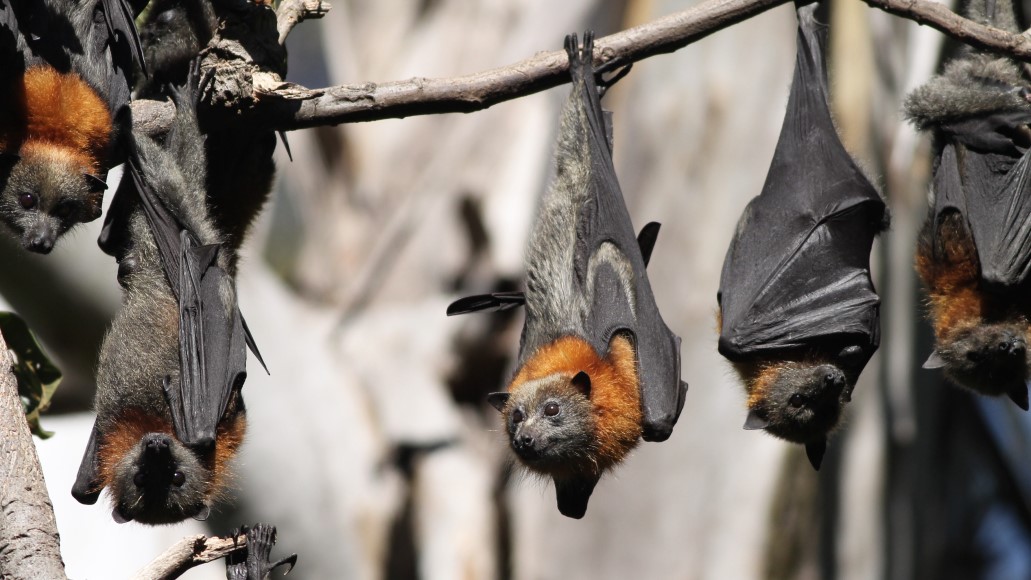
About water quality | Water quality
Water quality determines the condition or health of waterways, such as our rivers, wetlands and coastal waters.
Monitoring flying-fox camps and populations | Native animals
National Flying-fox Monitoring Program data helps us improve our understanding of flying-fox population trends and better manage their conservation and impacts on communities.
